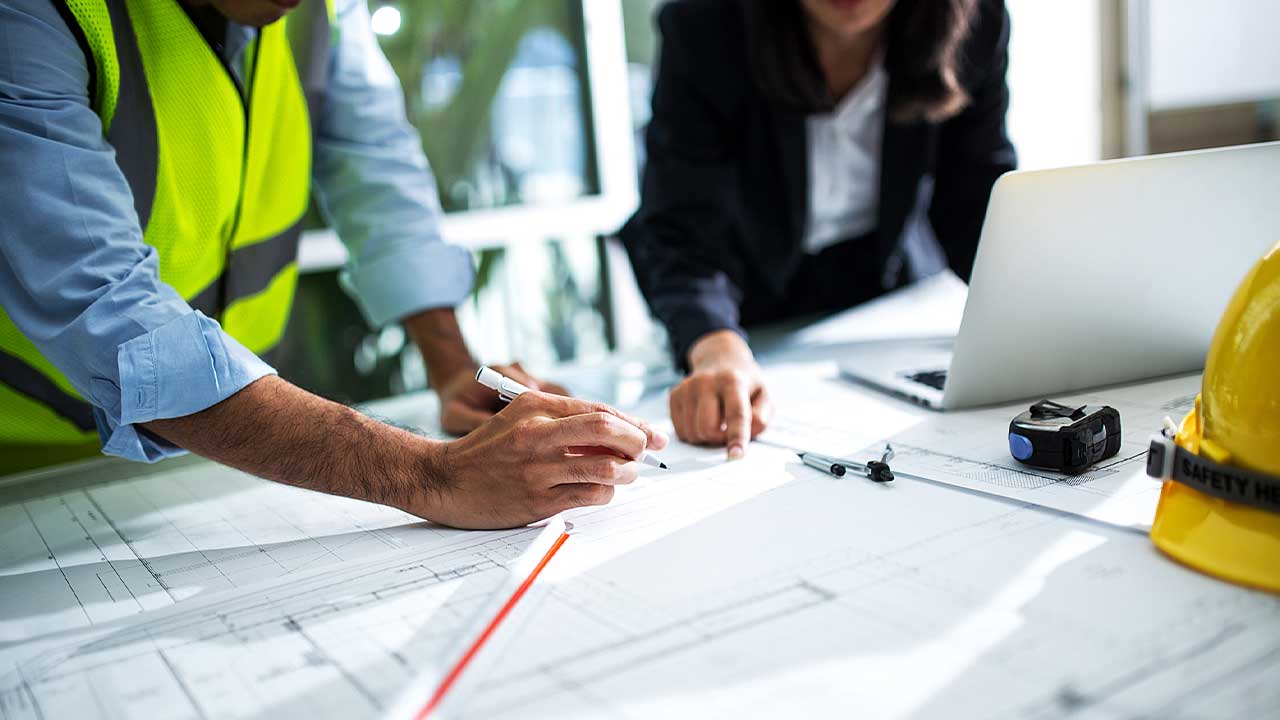The use of resources and tools such as BIM in architectural modeling is part of a greater trend in the industry towards collaborative, sustainable design. The Integrated Design Process (IDP) is a way of taking the entire building project into consideration using a holistic approach to merge conventional design and construction from idea to reality.
While there is no one right way of implementing IDP, Integrated Design builds upon the same fundamental notions of BIM such as project sharing, team productivity and communication, and better control over timelines, cost, and quality. It has even been designated by the Natural Resources of Canada (NRCan) as a best practice for maximized energy efficiency. If you’re interested in starting a BIM-centred career, read on to find out how you can use the advantages of an Integrated Design Process.
Benefits of Integrated Design
A building operates based on how it is designed. The main goal of any design team is to create a better, cost-effective, and more efficient building. Long before a building is built, even before construction begins, a design is planned and initiated, and this is the best opportunity to make significant changes with the least expenditure.
A multi-disciplinary IDP approach has the primary benefits of consistent and organized collaboration between team members, emphasis on value and efficiency, and waste reduction throughout the project’s lifecycle. This aligns with the same goals and values of BIM, which students in a building information modeling program may know. IDP also encourages innovation but takes away the risk of failure by allowing for adjustments and optimization in a project’s design.
IDP and Sustainability
Although it may not seem obvious to someone who wants to become a BIM technician, a building has a measurable environmental impact, from air emissions to energy consumption, to construction materials. Buildings can be designed to use less energy and cut down on expenses, and a commitment to efficient design attracts environmentally-conscious investors who want to set a precedent for sustainable building practices.

IDP focuses on sustainability, collaboration, and optimized design
IDP is part of a larger concept known as Environmental Stewardship, which emphasizes efficient, environmentally-friendly designs. Integrated Design helps minimize heating and cooling loads, maximize daylight potential, and improve the thermal comfort and indoor air quality of a building before it’s built. Additionally, during the planning process members of the team can use IDP to identify and establish performance targets that they want the building to reach, thus reducing its energy use and making it a more sustainable model.
Who is Using IDP?
If you want to learn BIM, you might also want to know what the future of IDP means for BIM. Although not yet universally adapted, Integrated Design is being implemented into many more small and large-scale projects since its inception.
The Manitoba Hydro Building is one high-profile example. Located in Winnipeg, this award-winning project uses 70% less energy than a comparable office building and utilizes various features such as passive and active systems to work with the local environment and reduce energy usage.
Essentially, IDP is a principle which can be applied to how BIM is approached and used in a project’s design. It has the additional potential of reducing a building’s environmental footprint, incorporate team member input and collaboration, and overall maximizing building efficiency for a smarter, more efficient lifecycle.
Do you want to complete training for a rewarding career?
Fill out the form to get started!



